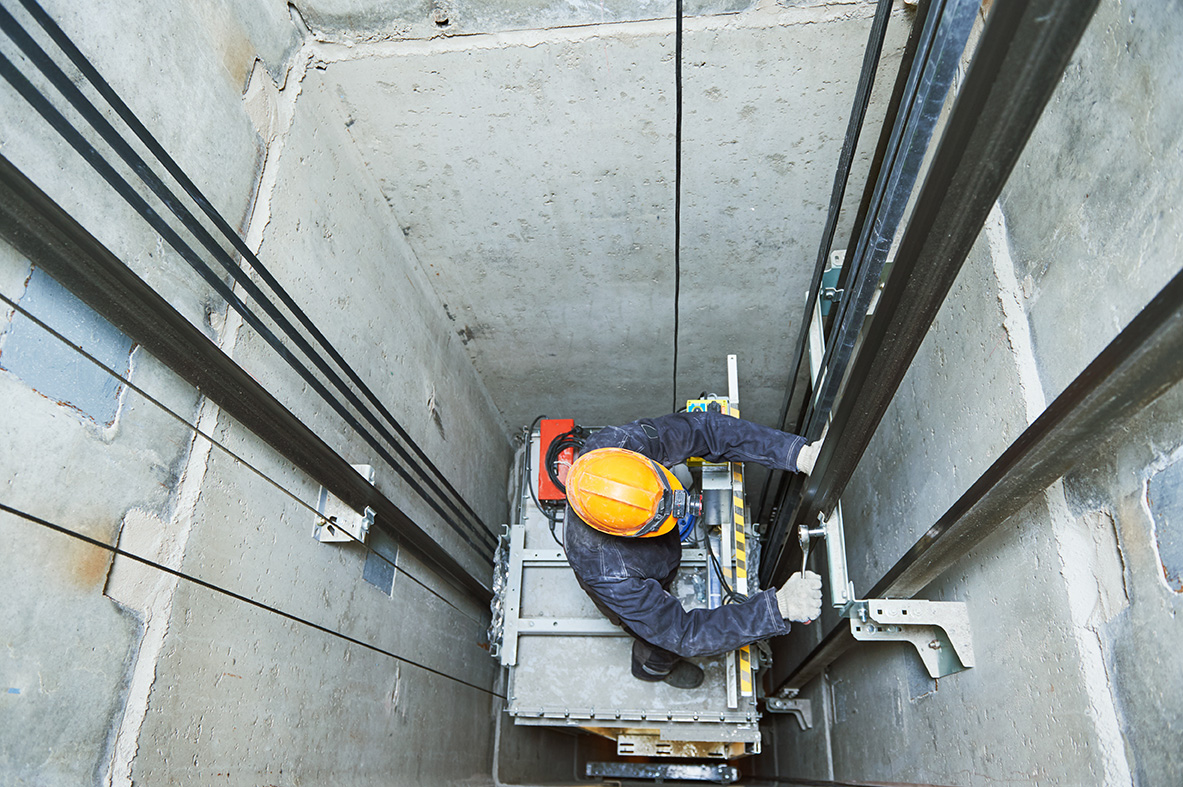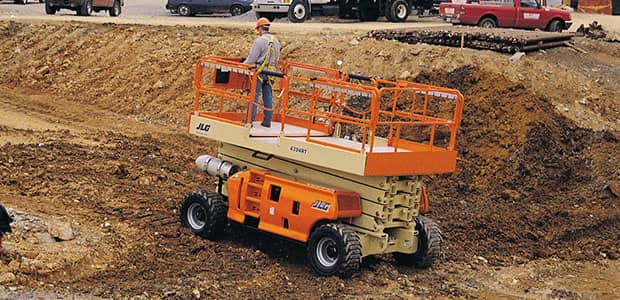Top Lift Repair Companies Near Me for Reliable Maintenance Services
Comprehensive Overview to Lift Systems and Their Maintenance
Navigating the detailed world of lift systems and their upkeep is a job that demands accuracy and understanding. From the numerous kinds of elevator systems in usage to the meticulous adherence to security regulations, the maintenance of these upright transportation gadgets is a complex endeavor.
Kinds of Elevator Solutions
Lift systems can be found in various kinds, each made to fit details building requirements and individual demands. One of the most common kinds include hydraulic elevators, grip elevators, machine-room-less elevators, and vacuum lifts. Hydraulic elevators are excellent for low-rise buildings and use a hydraulic piston to move the elevator auto. Traction elevators, on the various other hand, are more fit for skyscrapers and utilize steel ropes and weights to relocate the car. Machine-room-less elevators are a space-saving option as they do not require a separate device space for the elevator machinery. Vacuum elevators, a much more contemporary advancement, usage atmospheric pressure differentials to relocate the cars and truck within a clear tube.
Each sort of elevator system has its own benefits and negative aspects, making it critical for structure owners and developers to thoroughly consider their specific demands prior to choosing the most suitable alternative. Aspects such as developing height, room schedule, energy efficiency, and budget plan constraints all play a significant function in figuring out the very best elevator system for a certain building.
Common Upkeep Issues
Normal maintenance of lift systems is essential to ensure smooth operation and extend their lifespan. Despite normal upkeep, lift systems can still come across common maintenance problems that need to be immediately resolved to avoid disturbances in solution. Regular inspections and proactive upkeep can aid determine and fix these typical upkeep concerns before they rise and impact the general performance of the elevator system.
Safety And Security Rules and Conformity
Sticking to rigorous safety policies and ensuring conformity with market standards are paramount for preserving the operational integrity of lift systems. Lifts are subject to a thorough set of safety laws to secure passengers, upkeep employees, and the basic public. Regulative bodies such as the Occupational Safety and Wellness Management (OSHA) in the United States and the European Lift Association (ELA) in Europe establish guidelines that cover various elements of elevator style, procedure, upkeep, and setup.
Compliance with these policies is not only a lawful demand yet likewise a moral obligation for building owners and lift maintenance business. Normal evaluations, maintenance checks, and adherence to safety protocols described in the policies are necessary to ensure the risk-free and reliable procedure of lift systems.
Best Practices for Maintenance

Structure proprietors need to also take into consideration investing in modernization upgrades to boost the efficiency and safety and security of their lift systems. By following these best practices, lift systems can operate smoothly and securely, supplying reputable upright transport for residents.

Advanced Technologies for Efficiency
Carrying out sophisticated innovations in lift systems can substantially boost operational effectiveness and traveler experience. lift maintenance company. Among the key Going Here improvements in elevator technology is the intro of location control systems. These systems enable travelers to input their preferred floor prior to getting in the elevator, which after that directs them to one of the most efficient car. By minimizing unneeded stops and enhancing travel paths, location control systems minimize wait times and congestion in high-traffic buildings.
Additionally, the integration of clever sensors and anticipating maintenance capacities has actually revolutionized lift maintenance. These sensors can detect potential issues prior to they rise, allowing positive upkeep treatments and lessening downtime. In addition, the usage of regenerative drives and energy-efficient components helps reduce power usage and operating expenses in lift systems.
Additionally, the implementation of cloud-based surveillance and remote diagnostics permits real-time tracking of lift efficiency and prompt troubleshooting of any kind of breakdowns. This positive approach not only boosts system reliability yet likewise enhances the total user experience by ensuring smooth and undisturbed elevator procedures.
Conclusion
Finally, comprehending the various types of elevator systems, usual upkeep issues, safety regulations, check it out finest upkeep practices, and progressed technologies for performance is crucial for guaranteeing the smooth operation of lifts. By adhering to safety policies and executing best methods for upkeep, structure owners can extend the lifespan of their elevator systems and make sure the safety of passengers. It is very important to remain updated on the latest advancements in lift innovation to boost performance and dependability.
The most usual kinds consist of hydraulic elevators, traction lifts, machine-room-less lifts, and vacuum cleaner lifts. Hydraulic lifts are ideal for low-rise buildings and use a hydraulic piston to relocate the elevator auto. Machine-room-less elevators are a space-saving choice as they do not require a separate maker room for the elevator equipment. Regular evaluations and proactive upkeep can aid identify and solve these typical maintenance concerns prior to they intensify and influence the overall efficiency of the elevator system.
